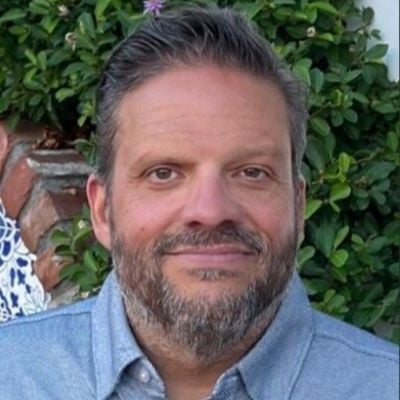Investing in the intersection of food and healthcare is critical to achieving nutrition equity. Feeding Change submitted a letter informed by the Food Is Medicine Task Force that provides comments to inform the national strategy for the White House Conference on Hunger, Nutrition, and Health. The letter aims to address the priorities of a broad patient population, including beneficiaries of federal health and nutrition programs and those at risk of experiencing economic and nutrition security. All recommendations are centered around elevating the patients’ voice and reducing barriers to ensure the most vulnerable can access and maximize FIM benefits. Additionally, the recommendations seek to expand the breadth of coverage for FIM interventions to include multiple types of nutrition prescriptions that address the full spectrum of diet-related disease and health condition care.
Read the Letter
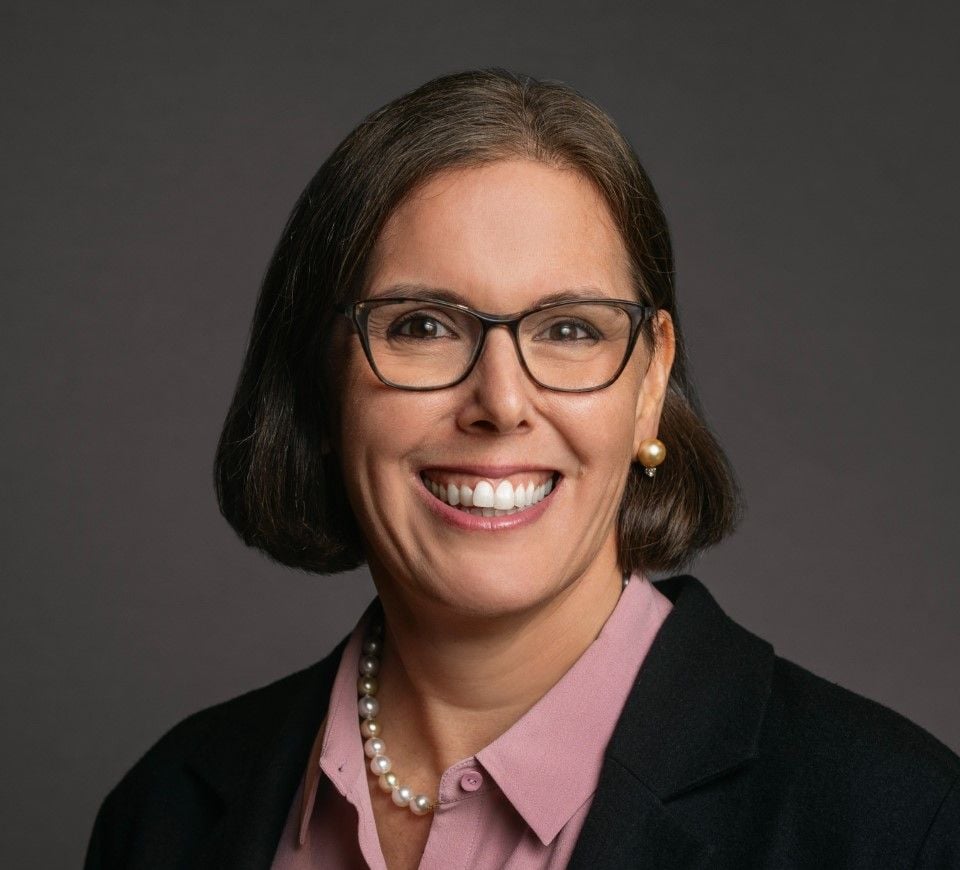
Holly Freishtat
Related Content
-

A Blueprint for Employer-Led Food as Health Strategies
Employers are increasingly recognizing how food can promote whole-person health by addressing physical well-being, resilience, disease prevention, and mental health.Read Report -

Rooted in Health: How Agriculture and Health Care Can Grow Together
With chronic diseases on the rise and millions struggling with food insecurity, access to fresh, nutrient-rich fruits and vegetables has become more critical than ever. The "Food is Health" movement is reshaping how we think about health...Read Essay -
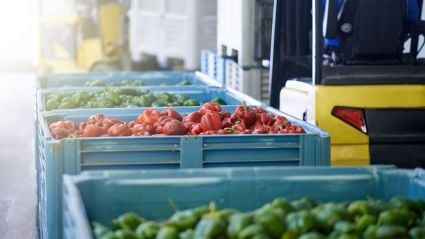
How Philanthropy Can Build Resilient Food Supply Chains
From the COVID-19 pandemic to geopolitical conflicts, and catastrophic steering failures on cargo ships, as reported by NPR and The New York Times, the world has seen how a weak link in a supply chain can have far-reaching consequences for...Read Article IM
IM
-

Catalyzing Action for Pharmacist-Provided Food Is Medicine Care
"Catalyzing Action for Pharmacist-Provided Food Is Medicine Care" provides background, insights, and actionable recommendations for pharmacies and key partners, including health-care payers and policymakers, to scale FIM interventions in...Read Report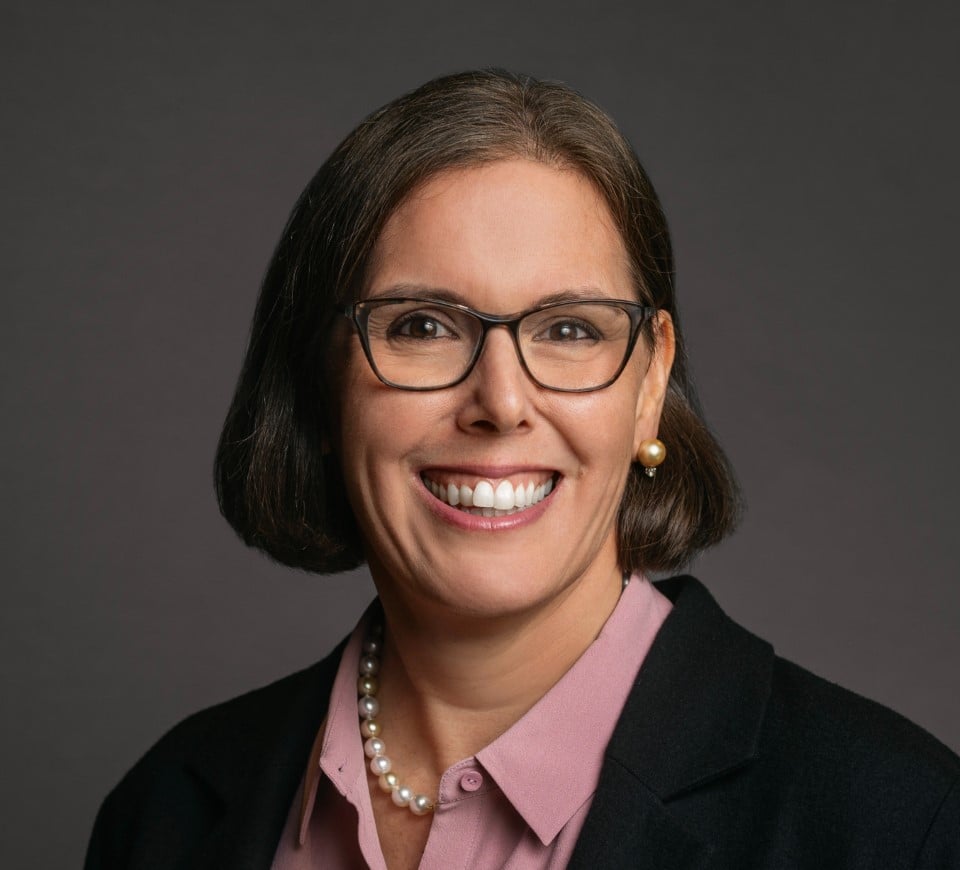

 IM
IM
-

Bridging Gaps to Improve Food Access and Convenience
Whether evaluating access to health care, transportation, or healthy foods, there is a disproportionate impact in underserved communities. For example, nearly 24 million people live in food deserts in the US, low-income communities located...Read Essay -
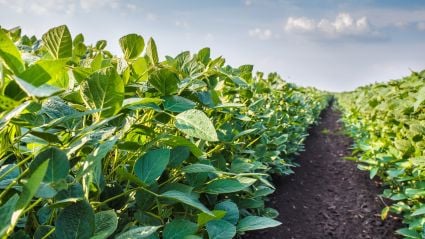
Farm Bill Policy Brief
Feeding Change is a team of food-system experts within the Milken Institute, a nonprofit, nonpartisan think tank, who activate social and financial capital, engage policymakers and industry leaders, and convene key stakeholders to catalyze...Read Brief
 IM
IM
-

Financial Innovations Lab: Market Solutions for Scaling Food Is Medicine Prescriptions
Diet-related chronic disease continues to rise throughout the US population and, with it, the cost of health care. Despite record spending, the US experiences the lowest life expectancy among high-income countries and demonstrates declining...Read Report
 MB
IM
MB
IM
-

Joneigh Khaldun, MD - Stories from the Field
1. Tell us about your background and career path. What brought you to CVS Health, what are some of your main responsibilities, and what do you find most rewarding about the role? I am a practicing emergency medicine physician in a busy...Read Article -

The Wealth and Power Global Food Distribution Conundrum
A troubling reality looms large over the global food system: It is rigged in favor of wealthy nations. With the world’s population projected to reach 10 billion by 2050, the inequalities ingrained in food production, distribution, and...Read Essay
